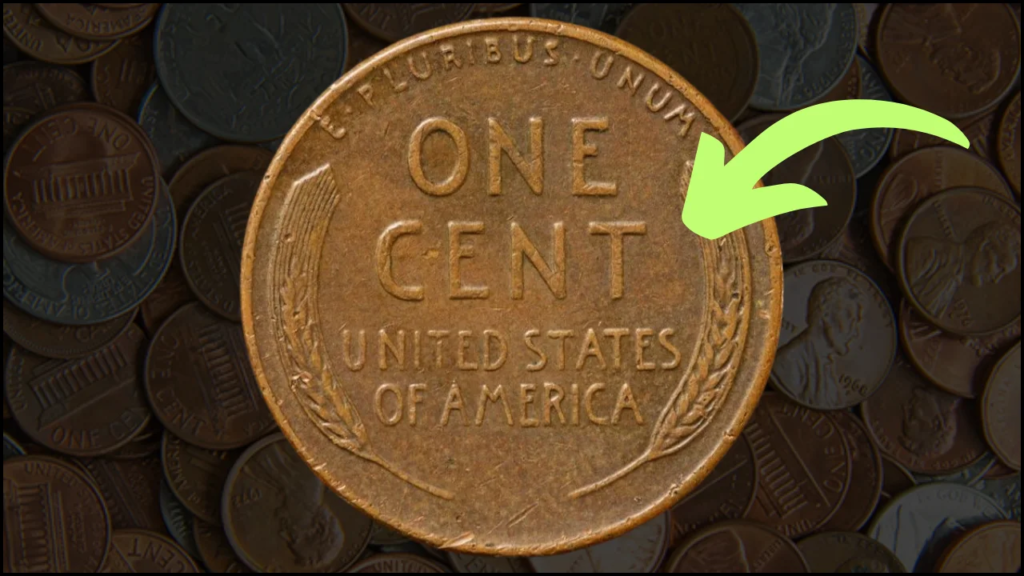
The Lincoln Wheat Penny is a beloved symbol of U.S. numismatic history, capturing both collectors’ hearts and the general public’s curiosity. Recently, a 1943 copper variant of this penny garnered worldwide attention for being sold at an astounding $102 million. This staggering price tag catapulted the coin to legendary status. But what makes this penny so extraordinary, and how did it remain in circulation unnoticed for decades? Let’s examine this intriguing story from multiple angles.
A Glimpse into the Lincoln Wheat Penny’s Origins
The Lincoln Wheat Penny, first introduced in 1909, commemorated Abraham Lincoln’s 100th birthday. Designed by sculptor Victor David Brenner, its obverse side features Lincoln’s portrait, while the reverse showcases two symbolic ears of wheat. This penny replaced the Indian Head penny and was minted until 1958 when it gave way to the Lincoln Memorial Penny.
Although millions of these coins were minted, variations and minting errors occurred over the years, creating an allure for collectors. Among these rare specimens, the 1943 copper Wheat Penny stands out as one of the most valuable.
The 1776-1976 D Bicentennial Quarter, A Coin Worth More Than 25 Cents
Rare Bicentennial Quarter Valued at $2.2 Billion, Find Out
The Lincoln Wheat Penny Valued at $200,000, Still in Circulation
The Lincoln Wheat Penny Valued at $130 Million, Still in Circulation
The Lincoln Wheat Penny Valued at $10 Million, Still in Circulation
The Astonishing Story of the $102 Million Penny
What Makes It Unique?
During World War II, copper was a critical resource for ammunition production, so the U.S. Mint produced most 1943 pennies in steel coated with zinc. However, an extremely small number of these pennies were mistakenly struck in copper. It is believed that no more than 10 such coins exist today, with most either lost or damaged. This extraordinary rarity is a primary reason behind their immense value.
The Role of Condition
The $102 million Wheat Penny discovered in 2012 was in near-perfect condition, an uncommon trait among coins of such age. The pristine state of this penny significantly increased its worth, alongside its historical importance as a wartime anomaly.
How It Stayed in Circulation
Initially, the 1943 copper penny would have gone unnoticed amidst billions of steel pennies minted that year. Its journey through countless transactions, pocket change, and coin collections spanned decades before numismatists identified its rare composition.
Historical Importance
The 1943 copper penny symbolizes a rare mistake during one of America’s most turbulent periods. Its production anomaly highlights how resource allocation and efficiency were paramount during World War II. As such, this coin represents an inadvertent deviation from a time of national urgency.
Factors Elevating Its Value
Several reasons make the 1943 copper penny immensely desirable:
| Factor | Explanation |
|---|---|
| Rarity | Estimated fewer than 10 copper 1943 pennies exist. |
| Historical Era | Minted amidst WWII, marking a deviation during a resource-scarce time. |
| Condition | Excellent preservation enhances its collectability. |
| Market Demand | Growing appetite for unique and historical coins among collectors. |
Rediscovery and Validation of the Rare Penny
The remarkable journey of the $102 million penny began in 2012 when a collector unknowingly purchased the coin. Professional authentication revealed its copper composition and impeccable condition. In 2015, the coin shattered auction records, cementing its status as the most expensive coin ever sold.
Lessons for Coin Enthusiasts
The phenomenal tale of the 1943 copper penny offers valuable insights for collectors:
- Examine Your Change: Ordinary objects, like pennies, can hold extraordinary stories.
- Preserve Quality: The condition of coins is crucial for determining their value.
- Appreciate History: Coins are tangible connections to historical moments.
Broader Impacts on Numismatics
The astronomical sale price of this coin has reinvigorated interest in numismatics, encouraging amateur and seasoned collectors to scrutinize their collections for overlooked gems. Moreover, it serves as an inspiration, proving that historical and monetary value can sometimes be found in the most unassuming of objects.
FAQs
1. How can I identify a rare Wheat Penny?
Ans: Rare Wheat Pennies usually have minting errors, unusual metal compositions, or unique markings. It’s best to consult a coin expert or use professional grading services to verify authenticity and condition.
2. What’s the significance of the 1943 copper Wheat Penny?
Ans: The coin is a minting anomaly created during World War II when most pennies were made of steel. Its scarcity, historical background, and excellent condition contribute to its immense value.
3. How should valuable coins be stored?
Ans: Store coins in protective, non-reactive materials like acid-free coin holders or airtight containers. Avoid touching them directly with your fingers to prevent oil and dirt transfer.
Concluding
The Lincoln Wheat Penny stands as an enduring emblem of U.S. history and artistry. While the 1943 copper penny valued at $102 million epitomizes numismatic excellence, its story underscores the potential treasures hidden in everyday objects. For coin enthusiasts and history buffs alike, this tale reinforces the enduring magic of discovery and the timeless value of preservation.